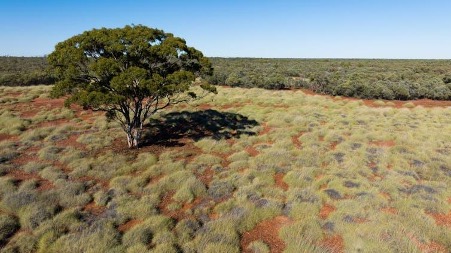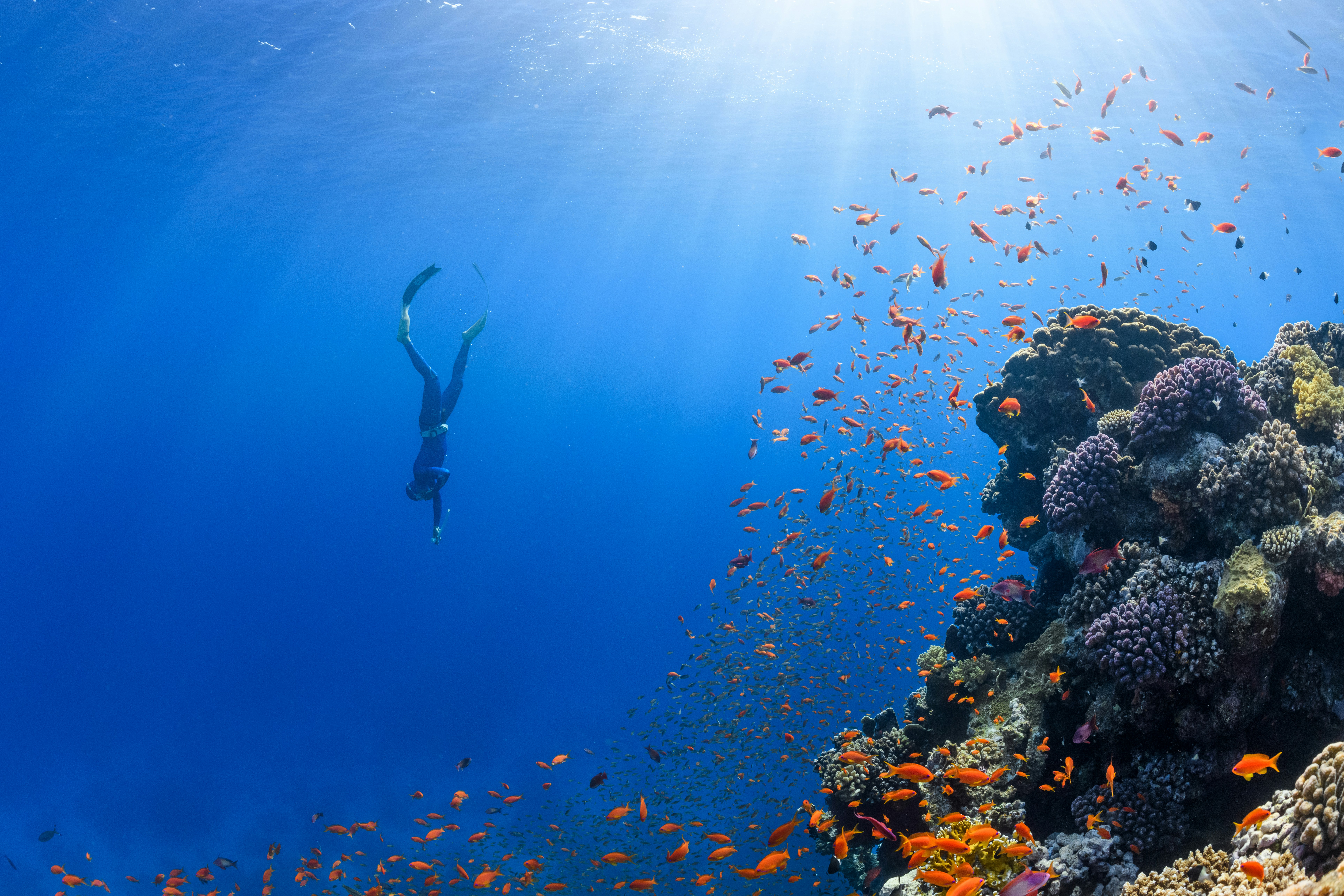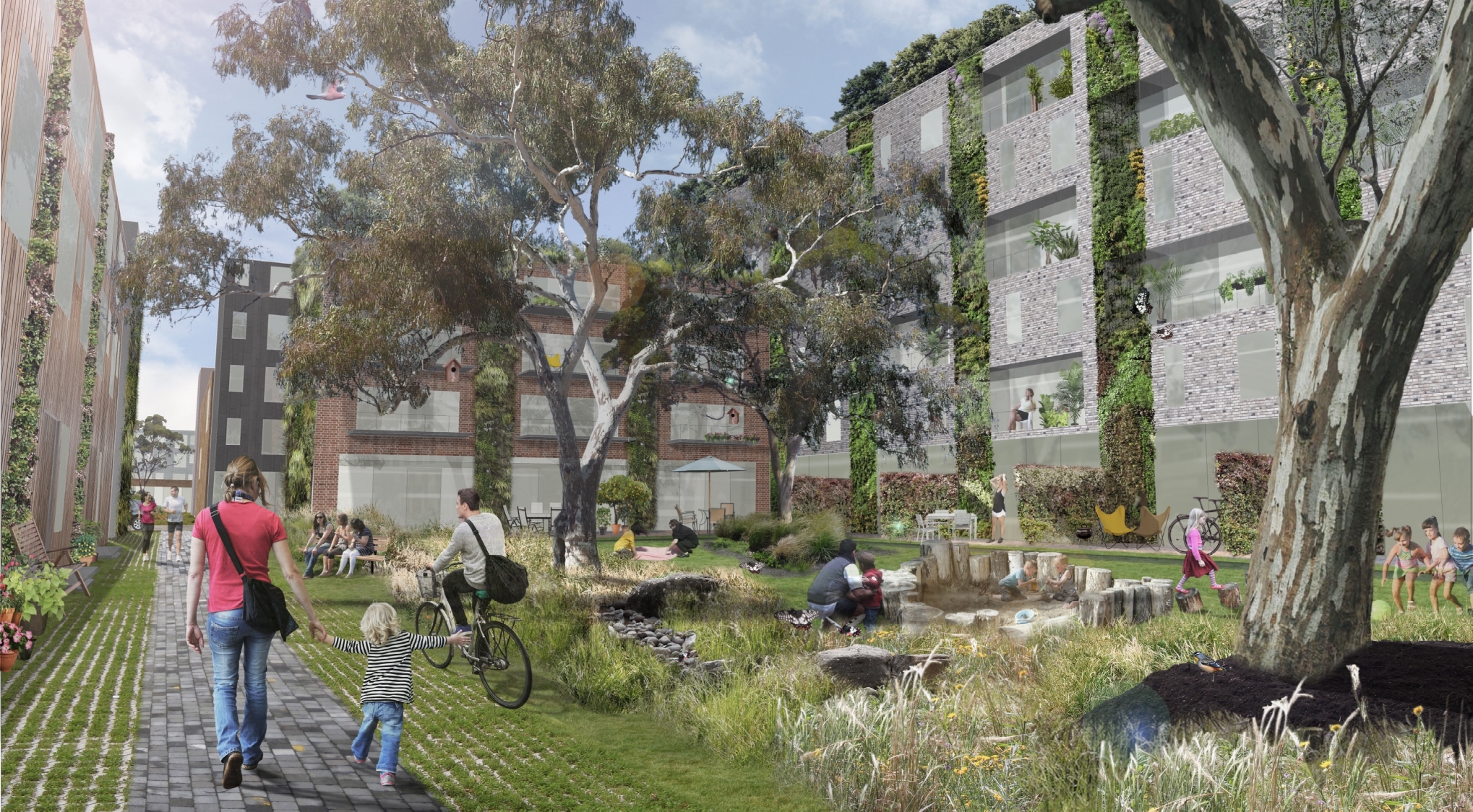Private investment in conservation is always welcome but the evidence suggests governments will need to do the heavy lifting when it comes to repairing nature.
 Is it logical to expect that environmental harm caused by capitalism and markets will be solved by capitalism and markets? : Illustration by Michael Joiner, 360info, images via Arnaud Mesureur (Unsplash) and Sergei Tokmakov (Pixabay) CC BY 4.0
Is it logical to expect that environmental harm caused by capitalism and markets will be solved by capitalism and markets? : Illustration by Michael Joiner, 360info, images via Arnaud Mesureur (Unsplash) and Sergei Tokmakov (Pixabay) CC BY 4.0
Private investment in conservation is always welcome but the evidence suggests governments will need to do the heavy lifting when it comes to repairing nature.
Leaders from across government, the private sector, research, environment and First Nations peoples are meeting in Sydney this week for the world’s first Global Nature Positive Summit.
The summit is in recognition that in addition to the need to conserve remaining biodiversity, countries also need to be actively repairing lost or degraded nature, in order to benefit from the many values and ecosystem services they provide.
The event, co-hosted by the Australian and New South Wales governments, aims to boost investment from industry and the private sector to better protect and restore the environment.
As the federal Minister for the Environment and Water, Tanya Plibersek said on X (previously Twitter) in July 2024: “Nature protection and repair is a massive job. Government funding has a critical role to play. But we can’t do it alone. This is what the first ever Nature Positive Summit will focus on.”
All political rhetoric aside, while industry and private investments in nature conservation are always welcome, the evidence is lacking that strongly relying on the private sector for an essential public good is a promising approach.
Given the scale and speed of environmental devastation driven by economic choices, it isn’t logical to expect that the environmental harm caused by capitalism and markets will be solved by — capitalism and markets.
Nature repair markets
In December 2023, legislation was passed in the Australian parliament to set up a nature repair market.
The nature repair market is designed to function through issuing certificates for approved biodiversity projects that will result in enhancement or protection of biodiversity that would otherwise not occur without the project (this is called ‘additionality’).
Certificates may be issued when the project is “sufficiently progressed that it has or is likely to achieve the biodiversity outcome” as determined by an applicable method.
These certificates enable biodiversity outcomes to be owned and traded separately from the underlying land on which the project is carried out. Multiple certificates could be issued for a project area — a notion known as ‘stacking’.
Certificates are expressly prohibited from use for environmental offsetting purposes, given their well-publicised issues and abuse.
However, given the complexity of nature repair biodiversity certificates, serious concerns have been raised with such a market, including:
- Complexity and scheme integrity. Stacking has serious implementation problems, it is difficult to prevent double-dipping and one of the most comprehensive reviews of stacking recommends against it.
- Lack of clarity of use rights. Certificates could be issued for actual, verified outcomes as well as projected outcomes, making it unclear what claims certificate holders or buyers can make without risking false or misleading claims under Australian consumer law.
- A lack of demand. It’s not known if enough businesses will choose to voluntarily purchase enough certificates to meet their corporate and social responsibility, and hence, ensure the market functions.
Hence the viability of a nature repair market remains a big unknown, while what is certain is that nature is declining at rapid and record rates.
In a December 2022 report, McKinsey estimated the current value of global nature credit markets at more than $US5 billion a year.
But nearly three-quarters of this $US5 billion a year valuation was due to compliance-driven demand.
Nature market enthusiasts, Nature Finance and Taskforce for Nature Markets, acknowledged that: “Repeated cycles of policy commitments and market innovations by the international community have not delivered meaningful financial flows to enable nature’s stewards to secure the protection and regeneration of nature.”
What are the alternatives?
There is a far more sensible, tractable, and rapid path to protecting Australia’s biodiversity, and its myriad social, cultural, economic and environmental values and benefits.
- Reduce or stop nature negative activities, including harmful subsidies. Support and invest in what we want more of and prohibit or increase tax on what we want to see less of.
- Immediately increase federal government investment to a minimum of 1 percent of the annual budget. This would be transformative for nature conservation, and is entirely affordable.
- Introduce the full environmental law reform package promised by the Albanese government, that’s now overdue and with no timeline for delivery.
The Wentworth Group of Concerned Scientists estimates that approximately $AU7.3 billion annually for 30 years — a total of $AU219 billion — could fund 24 activities that would go a long way to turning around Australia’s dire conservation record and current trajectory.
Putting aside the fact that Australia is a sovereign nation and hence can fund whatever it chooses, at any extent, at any time, and for any serious emergency, budgets represent what governments value and to what extent.
A recent report into harmful subsidies from the Biodiversity Council states: “The total monetary value of Australian Government subsidies that we identified as likely to have a medium to high adverse impact on biodiversity is $26.3 billion per year, based on 2022-23 figures. That is 50 times larger than the approximately $475 million per year that the Australian Government invests in biodiversity, such as on threatened species recovery, feral animal control and work to reduce pollution to the Great Barrier Reef.”
Governments fund what they consider to be priorities. More than $AU360 billion has been committed to the much-criticised AUKUS agreement.
This is not in line with the community’s priorities.
A recent Biodiversity Council survey showed more than 90 percent of Australians want far greater government investment in conservation, to better care for and protect the ecosystems and wildlife we know and love.
Aligning economic and environmental policy
When we consider that the economy is a “wholly owned subsidiary” of the environment, it is simply an absurd proposition to claim government can’t provide the lion’s share of investment required to turn the tide on biodiversity decline.
Especially, as it may be far cheaper and more effective for government to fund conservation directly.
It’s irrefutable that the best way to improve the state of the environment and better conserve species is to stop doing the things that harm biodiversity.
Environmental law and its enforcement in Australia is failing, miserably so, as detailed extensively in Professor Graeme Samuel AC’s review of the Environment Protection and Biodiversity Conservation Act 1999.
Just as a responsible doctor wouldn’t prescribe garlic to treat a patient’s cancer, governments shouldn’t continue to permit the destruction of habitats and the expanded use and reliance on fossil fuels and hope a nature repair market will drive substantial positive conservation outcomes.
Economic and environmental policy must be aligned.
Environmental law reform
The Albanese government promised to end environmental neglect and deliver a comprehensive environmental law reform package. This has not happened.
The package has been split into three oddly sequenced stages.
The first consisted of the nature repair market and an expanded EPBC water trigger.
The second, currently being debated, is the establishment of Environment Protection Australia (EPA) — to assess impacts of proposed developments and compliance with law — and Environment Information Australia — to provide data to inform the EPA’s environmental decision-making.
Government has suggested it may be willing to water down the EPA’s role and functions, raising concerns about its ability to prevent development that harms biodiversity.
Stage three addresses the centrepiece of reforms — the national environmental standards — that are essential for the EPA to function effectively. This has been delayed indefinitely.
Currently the Australian government also appears unwilling to include a climate trigger, which would be aimed at explicitly considering the emissions of developments and their impacts on climate change, and hence biodiversity.
The environment is a public good, and our lives, livelihoods and quality of life are fundamentally dependent upon it. Most importantly, we have a responsibility to act as responsible custodians and conserve the extraordinary life we share the lands, seas and waters with.
If Australia, and indeed the world, is to truly achieve its goal of being nature positive — halting and reversing nature loss by 2030 on a 2020 baseline, and achieving full recovery by 2050 — in accordance with the Kunming-Montreal Global Biodiversity Framework, and avoid yet more obfuscation and greenwashing, firm, binding commitments must be made at the Global Nature Positive Summit.
An urgent and substantial increase in government investment in nature conservation and the introduction of the overdue full environmental law reform package, before the next federal election, are non-negotiables.
Australia has an opportunity to be a global conservation leader, not a laggard and pariah, we must seize this opportunity.
Professor Euan Ritchie is a professor of wildlife ecology and conservation at Deakin University, councillor of the Biodiversity Council, and president of the Australian Mammal Society. His research aims to better understand species and their interactions, as well as ecosystem dynamics. This information is vital for informing more effective environmental policy, and conservation and management of biodiversity.
Dr Yung En Chee is an applied ecologist in the Waterway Ecosystem Research Group at The University of Melbourne. Her research interests include spatial and ecological modelling, decision analysis and reasoning under uncertainty. She works on how ideas and methods from these fields can be used to improve conservation and environmental decision-making.
Originally published under Creative Commons by 360info™.
Editors Note: In the story “Biodiversity” sent at: 09/10/2024 16:51.
This is a corrected repeat.















